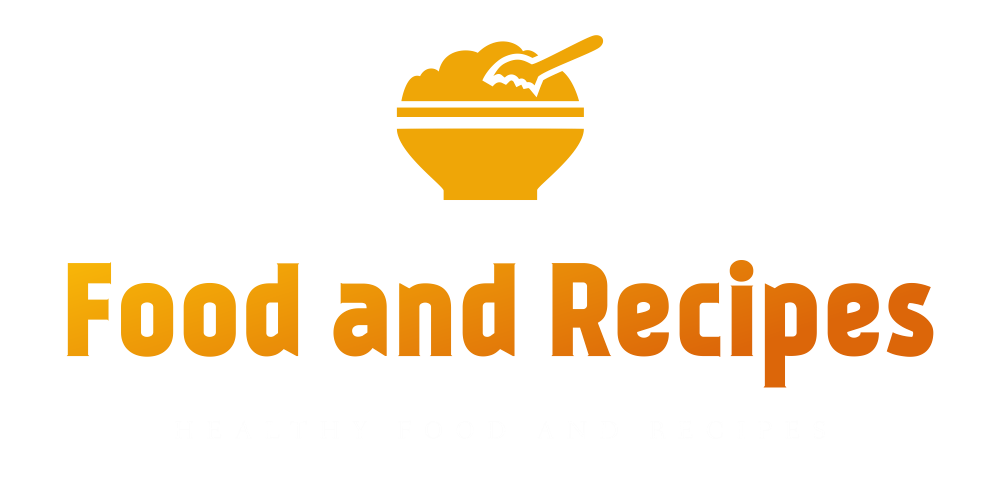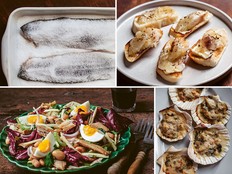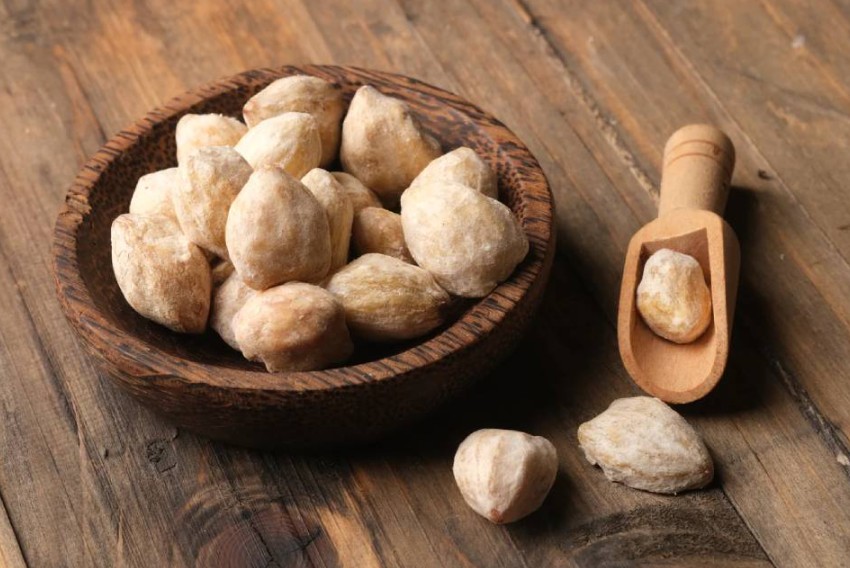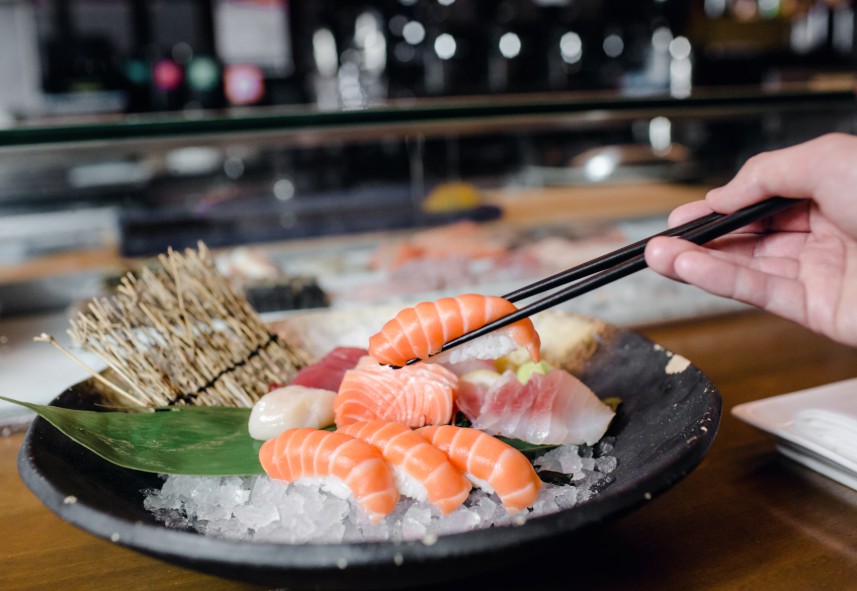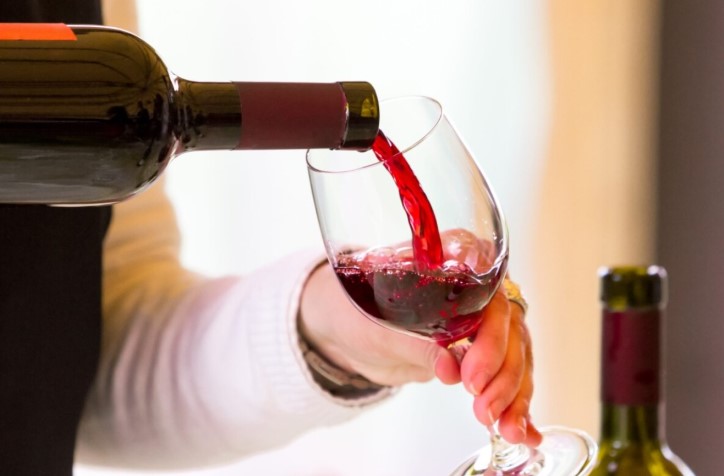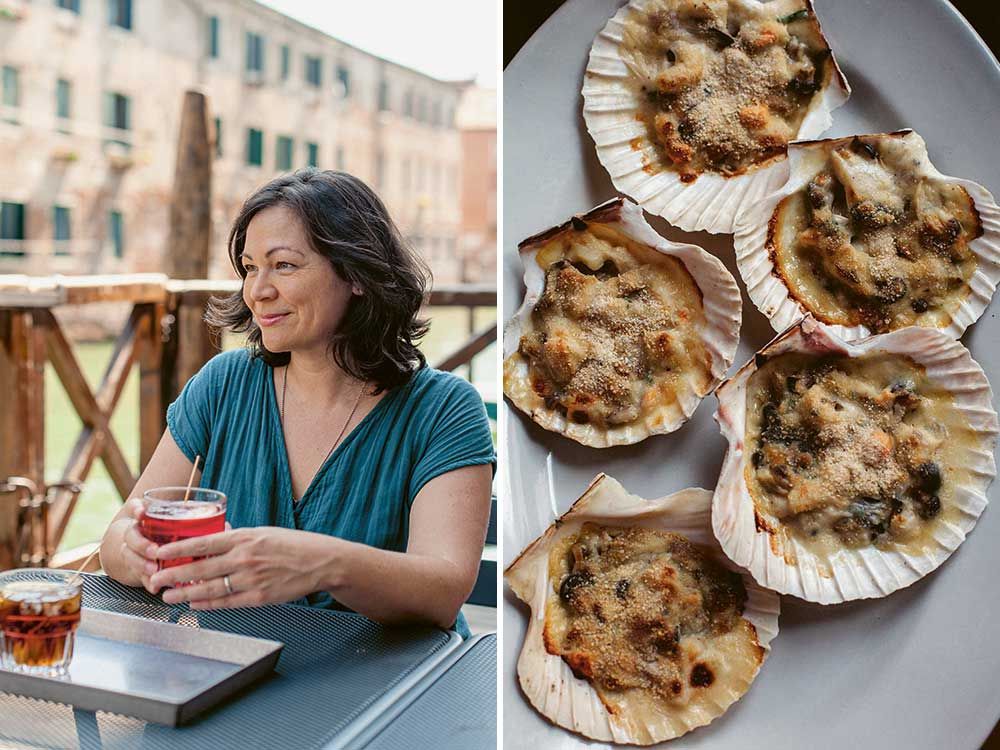
The Venetian tradition of cicchetti is all about small bites. Casual and fun, writer and photographer Emiko Davies shares how to bring a taste of the lagoon city to your kitchen, wherever it may be
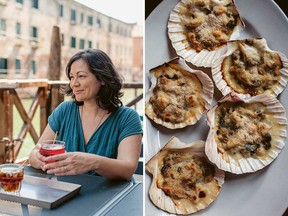
Reviews and recommendations are unbiased and products are independently selected. Postmedia may earn an affiliate commission from purchases made through links on this page.
Article content
Our cookbook of the week is Cinnamon and Salt: Cicchetti in Venice: Small Bites from the Lagoon City by Emiko Davies. To try a recipe from the book, check out: Cured sea bass with cumin, gratin scallops with mushrooms, and grilled smoked herring salad.
Advertisement 2
Article content
I feel lucky to have visited Venice for the first (and so far, only) time in winter. Stepping out of the Santa Lucia railway station after an overnight train trip from Nice, there were no crowds. No hustle or bustle. Only the quiet of the canals as I sipped a coffee and ate a pastry in the steely January light.
Article content
When I see photographs of Venice’s piazzas and campos teeming with tourists, I barely recognize them. A friend and I stayed in a hostel on one of Venice’s further flung islands, its name lost to time. But the memory of skimming across the lagoon in a vaporetto as we went to and fro is with me still.
We had recently graduated from university and were travelling on a budget. As it turns out, wandering Venice’s backstreets as we did, stopping at bàcari for cicchetti — snacks designed to be held with one hand (leaving room for a drink in the other), and eaten in one or two bites — was absolutely the right thing to do.
Advertisement 3
Article content
Tuscany-based Australian-Japanese food writer and photographer Emiko Davies has visited Venice often since she moved to Italy in 2005 — including a four-month stint as an intern, restoring etchings and manuscripts at the Armenian monastery’s museum on San Lazzaro island.
During her many trips, Davies has eaten at sit-down restaurants just twice — and only when invited to join somebody already seated.
“The very first trips I took to Venice, I was either a student or I was with a group of students. And so, eating in Venice, I’ve always had people say to me, ‘Oh, it’s so expensive.’ And I’ve thought, ‘That’s ridiculous. It’s so cheap to eat in Venice,’” says Davies, laughing.
“When you eat this way — very casually, bouncing from one cicchetti bar, one bàcaro, to another — it is actually a very economical way to have a great meal in Venice. Because cicchetti are designed to be very democratic, very cheap. Something everyone can afford. And they don’t cost more than one or two euros each. So, you can get a few, you can get a lot, you can get one or two, and still be fed.”
Advertisement 4
Article content
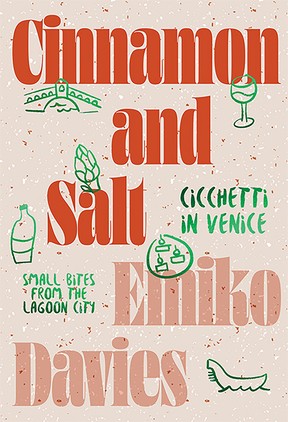
Davies’ fifth cookbook, Cinnamon and Salt (Hardie Grant Books, 2022), is an education in cicchetti. Reading it took me back to visiting the lagoon city in 2000. Perhaps better still, it inspired me to experience Venice even more fully through its cicchetti when I have the chance to return.
Cicchetti “are a way of life in Venice.” Davies explores this distinctly Venetian tradition, the city’s unique food culture and rich history in Cinnamon and Salt. The collection of more than 60 recipes — classic, modern and fried cicchetti, small plates, sweets and drinks — concludes with a map of Venice, and a brief guide to her favourite bars and bakeries. “I hope it inspires people to try some of these things, either at home or if they visit Venice to seek them out and try them in Venice,” she says.
Advertisement 5
Article content
These small bites make for an economical way to eat in an otherwise expensive city, but they’re also the perfect way to take it all in. If you, too, want to “taste it all” when you visit a place, cicchetti are ideal for doing just that.
One bar will offer so many different kinds that it’s already hard to choose, says Davies. After narrowing it down to three or four, it’s time to move on to the next bàcaro. “Cicchetti-hopping is really my ideal way to eat my way through a place and get a little bit of a taste of everything. So, for me, this is the most fun way to eat in Venice.”
The cicchetti Davies features in Cinnamon and Salt translate seamlessly from the bàcari of lesser-known Venice to the home kitchen. Many of the bite-size dishes on offer in bars are also commonly enjoyed at home, family-style.
Advertisement 6
Article content
Sarde in saor (sweet-and-sour fried sardines), for example — one of Davies’ favourite cicchetti — can easily morph from bar snack to meal. “That’s something that you could make a big dish of and have at home to eat with your lunch or eat with a salad and it becomes a meal. But it’s also something that you’ll have in a cicchetti bar, and it’s served maybe on a little grilled polenta crostino, or maybe on a slice of toasted baguette or something like that. And so, they do translate well both ways.”
-

Cook this: Three festive Venetian recipes from Cinnamon and Salt, including gratin scallops
-

Cook this: Three Eastern European dessert recipes for the holidays from Tava
Despite Davies’ love of Venetian food culture, dedicating a cookbook to cicchetti was a friend’s idea. Rosa Salzberg, associate professor of Italian Renaissance history at the University of Warwick, suggested it long ago. But in 2020, over wine and salumi, they finally put pen to napkin: “Food, wine and history in the backstreets of Venice.”
Advertisement 7
Article content
Salzberg wrote a fascinating foreword to the book, in which she connects the dots between Venice’s food traditions and history. Cicchetti aren’t designed for lingering over, Salzberg underscores, “but for a food culture on the move.”
The way this style of eating manifested can be traced back to the Renaissance, when the aristocratic government attempted to prohibit working-class Venetians from gathering over meals. Equally true today, people sharing ideas around a table can be powerful. Fearing that people meeting to eat and drink would lead to social disorder, the government took away the tables.
Having to stand while enjoying a drink and a bite with others meant gatherings were brisker — but no less cheerful, says Davies. “It is one of the things that I really love about the eating culture in Venice. You still have that. You’re standing around with your little nibble and a little glass of wine. And it’s very casual, because you’re just standing there.”
Advertisement 8
Article content
Venice’s top attractions — including Piazza San Marco, the Doge’s Palace and the Rialto Bridge — draw an estimated 25 million tourists each year. In the past, people from afar came to the city for different reasons. Venice’s history — and wealth built on the trade of salt and later, spices — is a big part of what sets its food culture apart from the rest of Italy. The two ingredients in the book’s title — cinnamon and salt — symbolize this history.
“Basically, the wealth that was coming through Venice a thousand years ago, that’s what contributed to it looking as it does today. And that’s what we appreciate when we visit Venice today. And you could say it’s thanks to the spices,” says Davies.
When you consider Venetian cuisine, you may not immediately think of the connections to trade in the Middle Ages. For centuries, people have mingled at the Rialto markets, for instance, as ingredients moved through on their way to the rest of Europe and influenced local food culture.
“Even though it’s not very obvious now, I like to think that there were so many layers over a thousand years, basically, that left their mark on Venetian cuisine and made it what it is now. It makes you think about every bite that you take, what it took for these things to get here on this plate today. It’s quite extraordinary when you think about it that way.”
